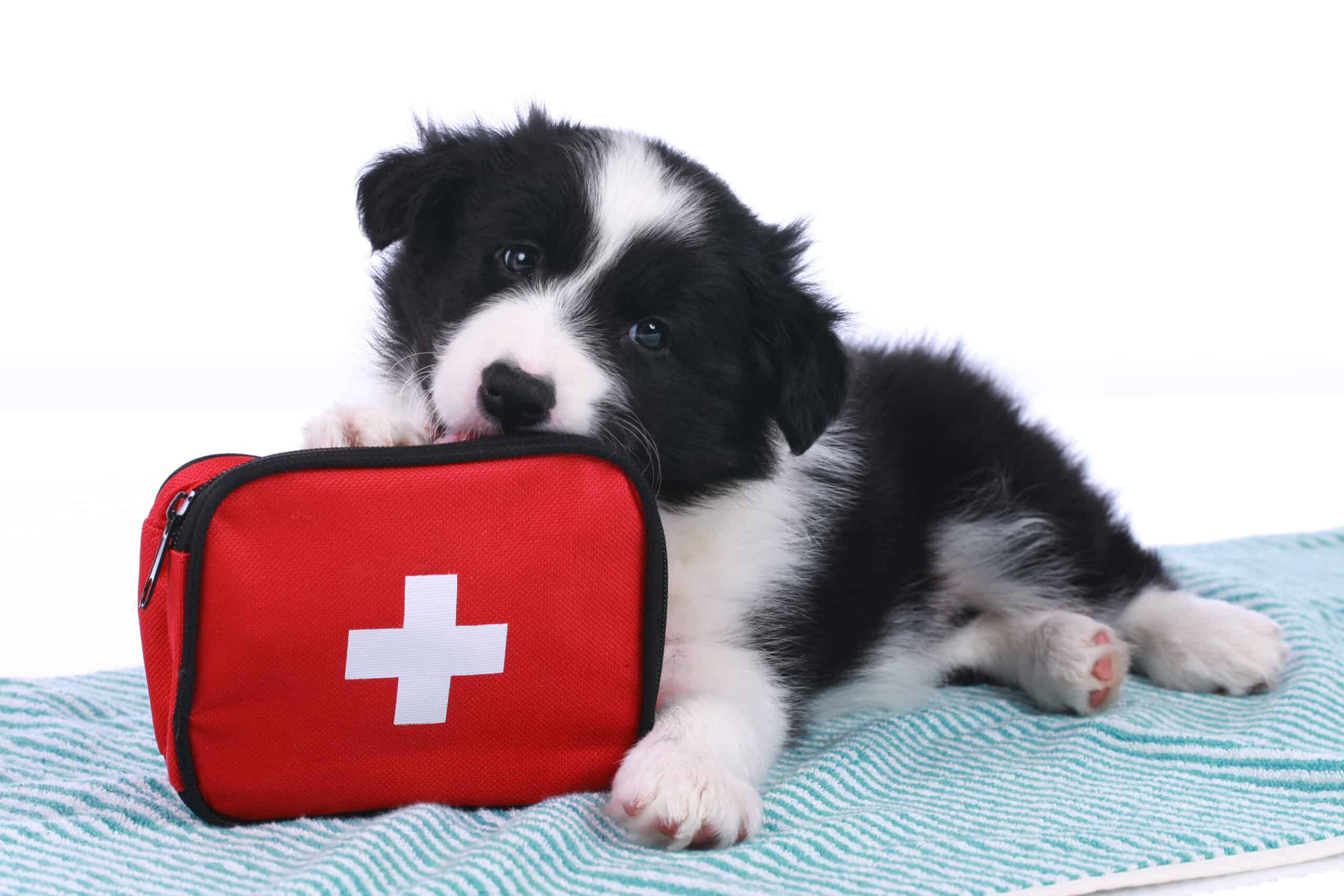What Constitutes a Veterinary Emergency?

While no one wants to experience an emergency situation, it’s our duty as responsible pet owners to be prepared for the worst. Whether it’s another animal attack or you notice strange behavior in your pet, recognizing a veterinary emergency and knowing how to respond can make a big difference in the life of your companion.
Recognizing a Veterinary Emergency
Sometimes, pet owners make the dangerous mistake of assuming injuries aren’t serious because there are no visible symptoms or external bleeding. However, some health threats are invisible to the naked eye or symptoms don’t emerge until they become more severe.
You should treat any of the following situations as a veterinary emergency and contact us immediately:
- Your pet is hit by a vehicle
- Encounter with a wild animal
- Dog bite or bite from another animal
- Fall from 2 or more floors
- Choking incident
- Heatstroke or heat stress
- Ingestion of a toxic substance (chocolate, antifreeze, rat poison, etc.)
- Seizure
- Difficulty delivering puppies/kittens (more than 3-4 hours between or noticeable distress)
- Broken bones, fractures
- Bleeding from mouth, nose, anus
- Eye injury or irritation
- Sudden disorientation, loss of balance
Symptoms of Illness or Increasing Pain
Unfortunately, a veterinary emergency can be hard to detect unless you know what to look for. However, one of the most important clues that your pet may be experiencing pain is your intuition as a pet owner. Many potential emergencies have been avoided because an astute owner had a “hunch” that something was wrong. Trust your instincts any time you feel like like your pet is acting off.
Other signs/symptoms to look for include:
- Vomiting and/or diarrhea that persists for more than 24 hours
- Restlessness
- Excessive panting
- Vocalization
- Straining or inability to urinate
- Changes in behavior
- Wincing or moving away when pressure is applied to a part of the body
- Swollen, hard abdomen
- Unusual hiding or clinginess
- Disorientation
- Difficulty breathing
- Collapse
Be Prepared
In the event of a veterinary emergency, it’s a good idea to keep all health care needs in one easy to access place in your home. These items should include a list of your pet’s allergies and medications, medical records, leash, collar, ID tags, carrier/crate, and a pet first-aid kit.
When a pet seems ill, it may be tempting to wait to see what happens, but every second counts when it comes to a veterinary emergency. By contacting our team, you can gain peace of mind and knowledge about how to get the best possible care for your pet.
